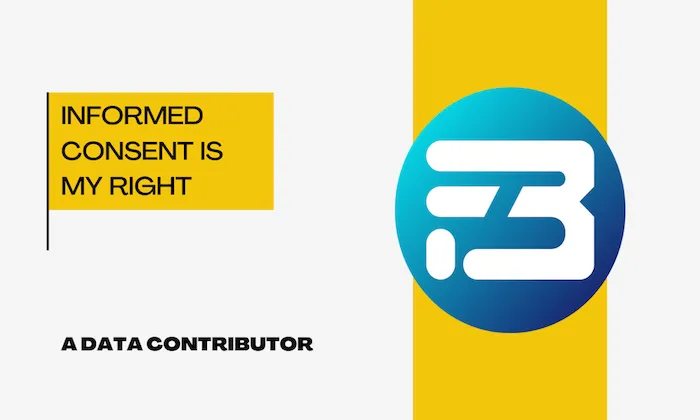How is voice-command intent annotated or categorized in in-car speech datasets?
Voice Recognition
Speech Datasets
In-Car Technology
Understanding and accurately annotating voice commands within in-car speech datasets is pivotal for developing advanced AI systems in vehicles. These datasets capture diverse audio inputs in real-world driving conditions, and proper annotation ensures AI's effectiveness in interpreting and responding to voice commands. Here's a comprehensive look at the process, its importance, and its practical applications.
Why Intent Annotation Matters
Intent annotation involves labeling audio samples to reflect the underlying purpose or goal of spoken commands. This process is crucial for several reasons:
- Enhanced AI Performance: By categorizing voice commands into specific intents, AI systems can more accurately understand and respond to user requests, improving functionality and user satisfaction.
- Improved User Experience: Accurate intent recognition ensures smoother interactions with voice-enabled systems, making them more intuitive and user-friendly for both drivers and passengers.
- Robust Training Data: Well-annotated datasets are indispensable for training AI models to handle the noisy and variable environments typical of vehicle interiors. Leveraging audio transcription and timestamp metadata further refines model accuracy.
How Intent Annotation Works
Types of Voice Commands
In-car speech datasets include a variety of speech types, each contributing to a comprehensive dataset:
- Wake Words: Phrases that activate the voice command system.
- Single-shot Commands: Direct instructions like "Turn on the AC" or "Call home."
- Multi-turn Dialogues: Extended interactions where context builds over several exchanges, requiring the AI to maintain state and context.
- Emotional Expressions: Commands that convey urgency or emotion, essential for detecting driver sentiment and adjusting responses accordingly.
Annotation Strategies
The annotation process employs several strategies to ensure accuracy:
- Intent Tags: Each command is labeled with an intent, such as "navigation" or "media control," aiding AI in distinguishing between request types.
- Noise Labels: Background noises like wind or engine hums are annotated to help models account for these factors when interpreting commands.
- Transcriptions and Timestamps: Audio samples are transcribed using Speech & Audio Annotation, with timestamps indicating when utterances occur, facilitating precise model training.
- Speaker Role Identification: Identifying whether the speaker is a driver or passenger provides context that can influence how commands are interpreted.
Real-World Applications and Emerging Trends
Effective intent annotation has significant implications across various automotive technologies:
- Voice-Enabled Infotainment Systems: Allows drivers to control music or navigation hands-free, enhancing safety and convenience.
- Driver Assistance Technologies: By understanding commands related to vehicle settings, systems can proactively assist drivers, improving comfort.
- Emotion-Aware AI: Annotated emotional commands help models respond to driver stress or fatigue, contributing to road safety.
For instance, a luxury electric vehicle brand used over 500 hours of annotated in-car speech data to train a multilingual voice assistant, resulting in a system adept at understanding commands in diverse languages and accents.
Emerging trends include adapting intent annotation for electric and autonomous vehicles, reflecting FutureBeeAI's foresight in dataset curation.
Challenges and Best Practices
Despite its importance, intent annotation comes with challenges:
- Acoustic Variability: Different noise levels and microphone placements affect command clarity. Annotation must account for these variances to ensure robustness.
- Demographic Diversity: Ensuring representation across age groups, genders, and dialects is essential to avoid bias. Custom datasets can be tailored to meet specific demographic needs.
- Annotation Quality: The accuracy of annotations directly impacts AI performance. Utilizing multiple annotators and cross-referencing can enhance labeling quality.
Best Practices:
- Advanced Annotation Tools: Platforms like Yugo streamline the process, incorporating quality checks and metadata tagging.
- Regular Updates: Continually refining annotations based on model feedback ensures training data remains relevant.
Strategic Next Steps
For automotive companies looking to optimize their AI systems, FutureBeeAI offers scalable solutions tailored to the complexities of real-world driving environments. By investing in high-quality intent annotation, organizations can enhance AI capabilities and improve user experiences in vehicles. Explore our custom data collection services to align with your specific needs, ensuring your models are ready for the road ahead. For further details, please Contact Us.
What Else Do People Ask?
Related AI Articles
Browse Matching Datasets
Acquiring high-quality AI datasets has never been easier!!!
Get in touch with our AI data expert now!








